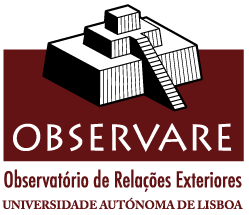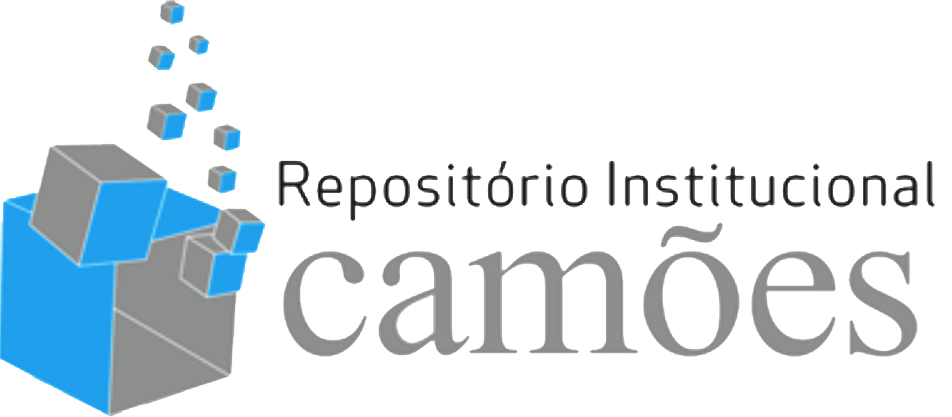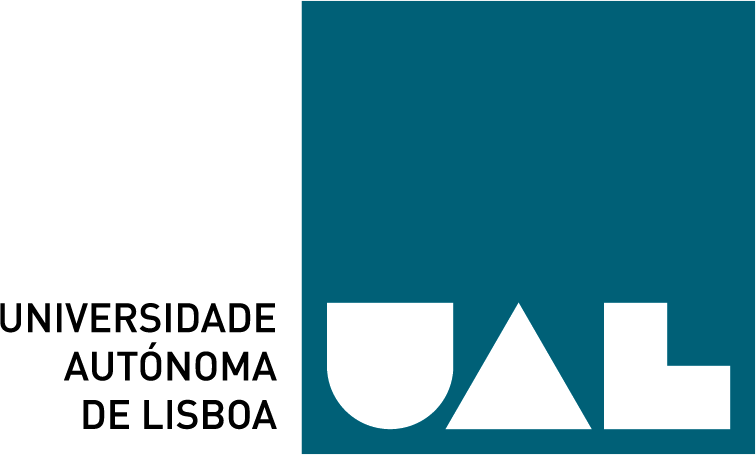The purpose of the following study is to explain the activism of the Revolutionary Armed Forces of Colombia – People’s Army (FARC-EP) within the framework of the Colombian internal armed conflict between 2002 and 2012. In addition to being the time of the greater armed intensity, the investigation tries to explain the impact of different social, economic or institutional variables that, from a statistical exercise with regressions, show how it is possible to find foundation in understanding why the activism of this guerrilla responds in a greater manner to some scenarios than to others. Drawing on a multivariate exercise with institutional sources, a comprehensive exercise on guerrilla violence in Colombia is conducted, which escapes from unidirectional explanations and juxtaposes different variables in order to seek for an answer, with greater complexity, to what and how the logic of the guerrilla activism from the FARC-EP has been understood during the last decade and a half.
QUANTITATIVE DETERMINANTS OF THE FARC-EP GUERRILLA VIOLENCE IN COLOMBIA
jriossie@universidadean.edu.co
Associate Professor at Universidad EAN (Colombia) and advisor at Ibero American States Organization. Corresponding Author
cvargasw@universidadean.edu.co
Associate Professor at Universidad EAN (Colombia)
pbulagal@universidadean.edu.co
Associate Professor at Universidad EAN (Colombia)
Associate Professor at Universidad EAN (Colombia)
Resumo
Palavras-chave
Como citar este artigo
Ríos-Sierra, Jerónimo; Vargas, Camilo; Bula, Paula; Novoa, Amalia (2018). “Quantitative determinants of the FARC-EP guerrilla violence in Colombia”. JANUS.NET e-journal of International Relations, Vol. 9, Nº. 1, May-October 2018. Consulted [online] on the date of last consultation, DOI: https://doi.org/10.26619/1647-7251.9.1.9
Article received on 15 November, 2017 and accepted for publication on 1 February, 2018















